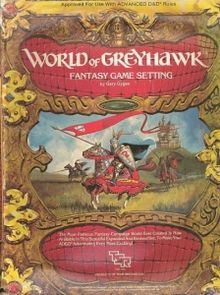The part the player actually interfaces with is still based on exchange of physical currency.
Yes. That's the point.
"5e claims, in the PHB, that most wealth is not actually exchanged in the form of coins..." - that's an overall setting detail, not an expectation of how PCs will manage their own wealth.

